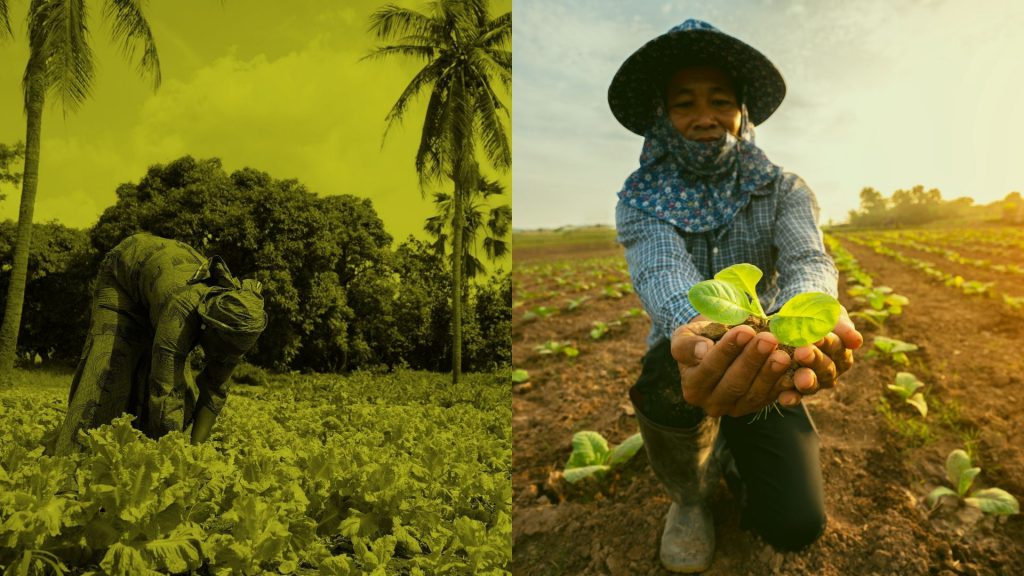In consultation with stakeholders, ‘access’ was defined as a broad concept with six dimensions: availability, affordability, suitability, capability, profitability and autonomy.
Although this is what access means to smallholder farmers, it is not necessarily what is expected of seed companies. For each dimension, the Index seeks to explore both the possible roles and responsibilities of seed companies as well as what cannot be expected from them.
1. Availability: Can farmers easily obtain the seeds they need?
This refers to whether sufficient quantities of seed of suitable crops are present within reasonable proximity (spatial availability), in time for critical sowing periods (temporal availability) and in a continuous and reliable supply. It is essentially a geographically based parameter, and is strongly related to efficient and reliable distribution systems.
2. Affordability: Can farmers afford to use quality seeds of improved varieties?
This is a straightforward dimension: farmers having the means to purchase seeds at a fair price. However, the ability to purchase seeds can also be enhanced by access to credit and insurance to ensure that loans can be paid back if losses occur along the way.
3. Suitability: Are the seeds tailored to the needs of smallholder farmers?
This refers to the development of improved varieties suitable for the needs, preferences and local conditions of smallholder farmers. It includes variety suitability and seed quality. This is about more than simply achieving higher yields; it also refers to cultural preferences. There is a strong desire to improve local varieties. When breeding to meeting local demands, it is important to assess what is already available.
4. Capability: Do farmers have the capacity and the enabling environment?
This refers to a diversity of extension services and capacity building. Important aspects of this are agronomic advice, integrated crop management and after-sales, and feedback systems concerning experiences with the seeds and distribution system. Cooperation with local partners is essential for transferring knowledge and creating a sustainable solution.
5. Profitability: Can farmers build a profitable business?
This refers to the profitability of the crops that farmers can grow with the seed. Do they have access to output markets? And do the seeds produce crops that can be marketed, for instance because they have postharvest qualities such as a long shelf life?
6. Autonomy: Do farmers as users and producers have freedom of choice?
Farmers’ representatives at the Addis Ababa roundtable explicitly added autonomy as a dimension of access. Autonomy refers to farmers not only as end-users, but also as producers of seed and sources of innovation. Crucial to this are community-based seed systems, for which there is currently no legal recognition. In the current legal framework – both locally and internationally – only public and private seed systems are recognized. For smallholder farmers, the breeders’ exemption and farmers’ privilege are important in this dimension.



